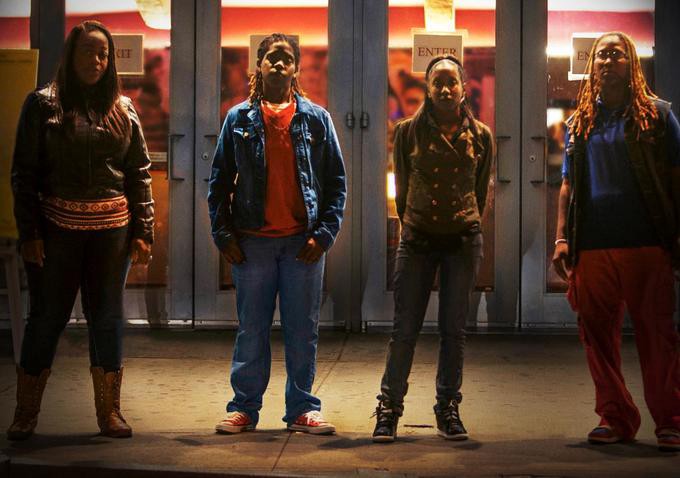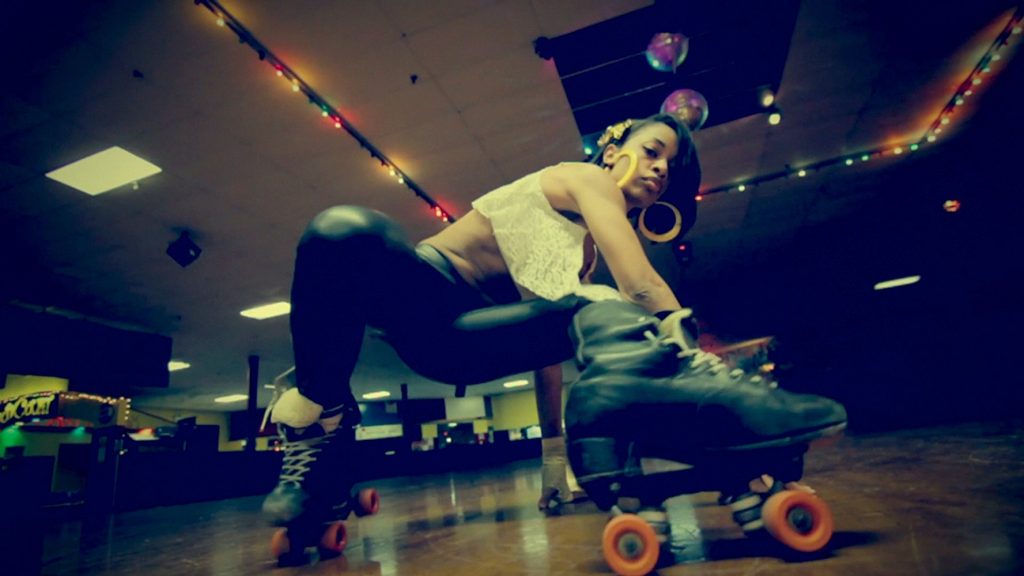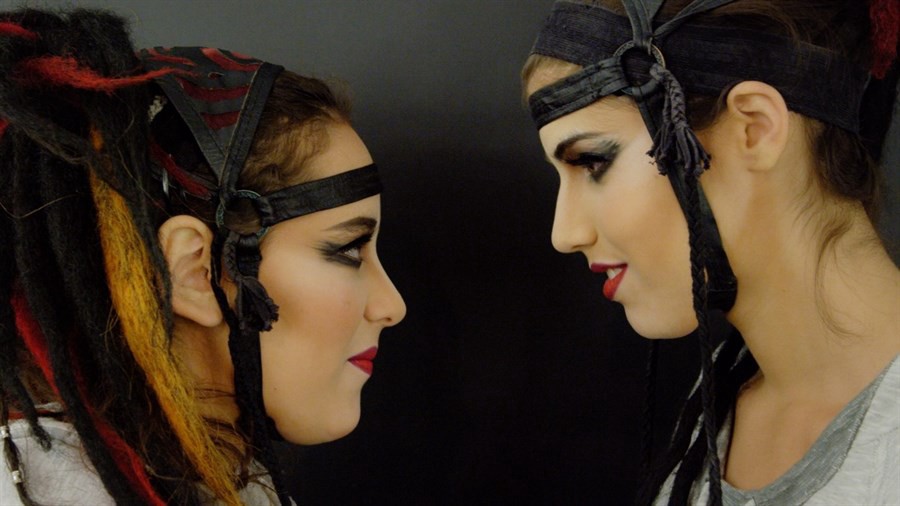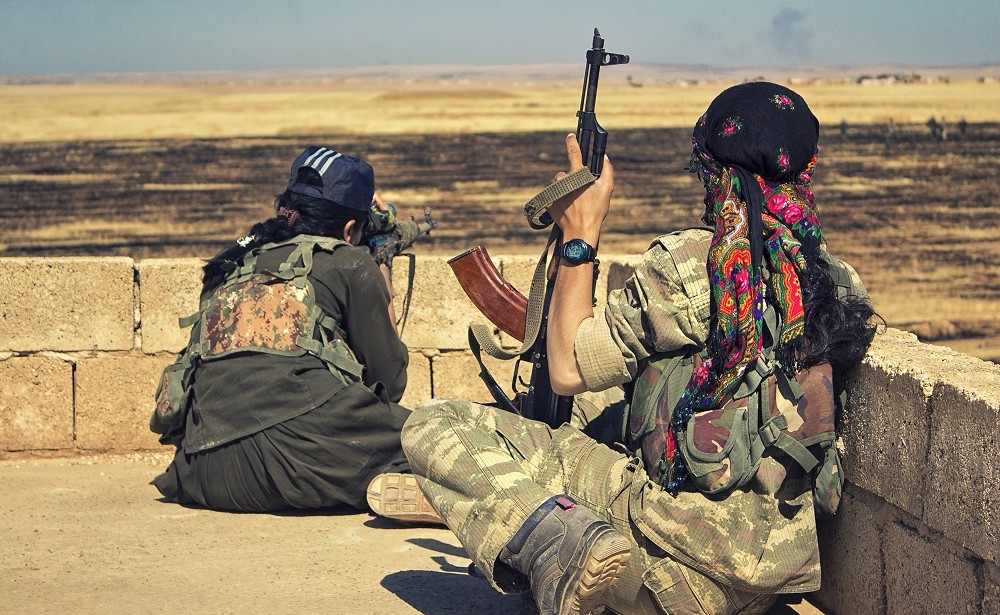Director and producer Blair Dorosh-Walther (who identifies as gender non-conforming and uses both male and female pronouns) is a social-issue documentary director, an experienced production designer, and an artist with a passion for inspiring action for social justice through media. Dorosh-Walther graduated with a BFA in Film from NYU and was awarded the Adam Balsano Award for social significance in documentary filmmaking for hir short documentary “Metsi” on water privatization’s impact on women in a South African township. Hir short documentary “Cry Don’t Cry” on bereavement experienced through the eyes of a diverse group of teenagers is distributed worldwide through Aquarius Videos and won the National Health Information Awards’ Silver Award in 2005. Dorosh-Walther has supported hir artistic career by working in direct care with adults living with developmental disabilities, mental illness, addiction, homelessness, and HIV/AIDS for the past 12 years. (Press materials)
Out in the Night will play at the Human Rights Watch Film Festival on June 18 and 20.
W&H: Please give us your description of the film playing.
BDW: Out in the Night is a documentary about a group of young African-American lesbians who were attacked in the West Village in 2006, defended themselves, and were consequently charged with varying degrees of assault and gang assault.
W&H: What drew you to this story?
BDW: Immediately following the arrest of the women in this story, I became interested in the case when I read a headline in The New York Times that struck me: “Man is stabbed after admiring a stranger.”
I wanted to understand why was this man was considered by the mainstream media a potential suitor and not a threat? Why weren’t these women seen as victims of violent, homophobic harassment? And why were a group of friends with no criminal records who were not a gang being charged as a gang?
I believe this story would have unfolded differently had the women and gender non-conforming youth involved been white. Race and class, as well as gender and sexuality, were critical issues in this case. Two years after it happened, I still could not stop thinking about it and decided to commit the next seven years of my life to making this film.
W&H: What was the biggest challenge in making the film?
BDW: I didn’t like shooting verite as someone was crying; it felt voyeuristic. I didn’t like the feeling of raising money for a shoot when that shoot would be an interview with a mother living in a homeless shelter. I didn’t like waiting quietly for someone to be released from prison. I wanted to put the camera down and yell. Mostly, my challenge has been to find that almost-impossible balance of filmmaker/advocate/activist. Being a documentary storyteller sometimes means calming your sense of moral outrage and fury at injustice so that you do press “record.”
W&H: What advice do you have for other female directors?
BDW: The biggest thing I would say is, You have to seek support and encouragement from a wide pool of people. You constantly need to find people who can support you, give you advice, and mentor you. But it has to be broad, because you feel alone so much of the time doing a documentary. And it’s good to hear that other people have gone through the same things you are experiencing, because it’s easy to forget that.
W&H: What’s the biggest misconception about you and your work?
BDW: That this is a film about race or sexuality. But it’s not. Life is about the intersections of race, sexuality, gender identity and class. If these women had been white, it would still have been about race.
W&H: Do you have any thoughts on what are the biggest challenges and/or opportunities for the future with the changing distribution mechanisms for films?
BDW: The challenge is that there’s so many people making really good documentaries. Because of that, it can be hard for a film to get noticed. At the same time, there are many more outlets looking for original content now. That creates more space for docs and nonfiction storytelling.
W&H: Name your favorite woman directed film and why.
BDW: Kimberly Peirce’s Boys Don’t Cry. My dad made me watch that when I was younger, and it was his way of having a conversation with me on my gender identity without having the vocabulary. And even though it took me many years to find that vocabulary, that film was instrumental. But also, it was just done so well. I love the color palette. I love the tone. It was the first time I had seen a fictionalized story on gender identity told like that and not as a documentary.
And then, when I saw Stop Loss, I became so impressed by this director. Being queer doesn’t mean you always have to make films on queer identity. And I felt there in Stop Loss when those men were experiencing PTSD. It’s one of the few fiction films on war that explores PTSD in such an effective way.







